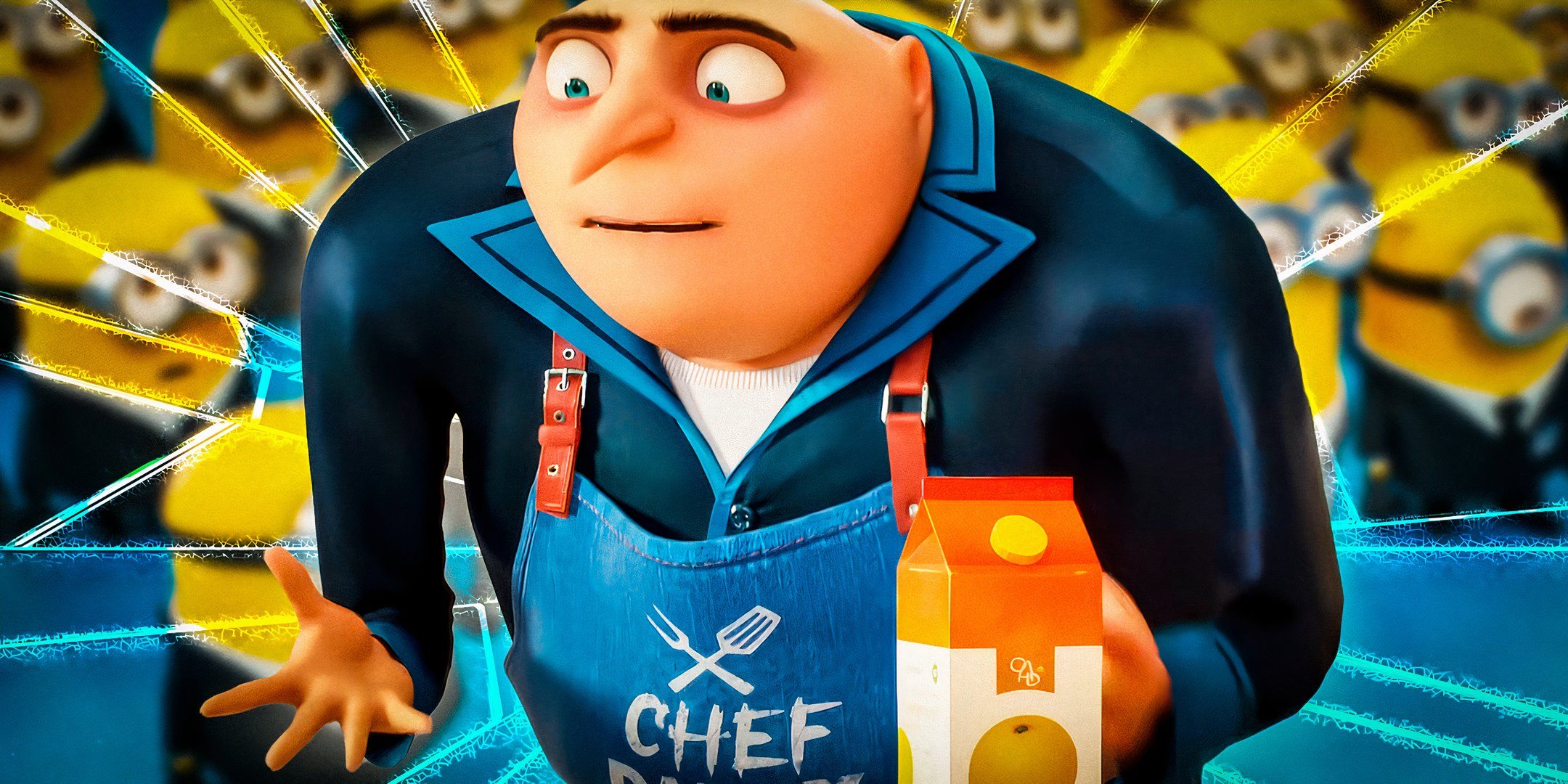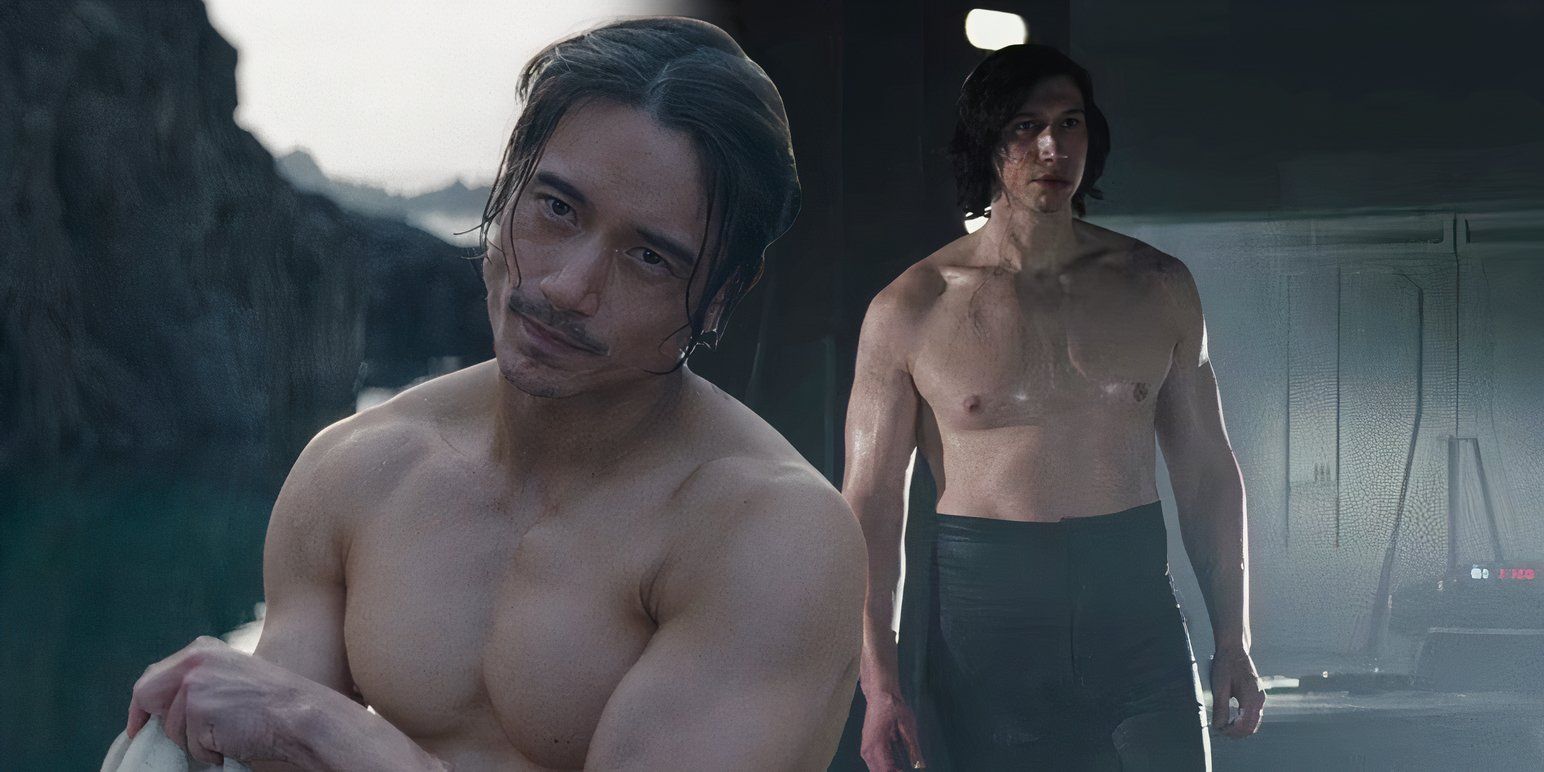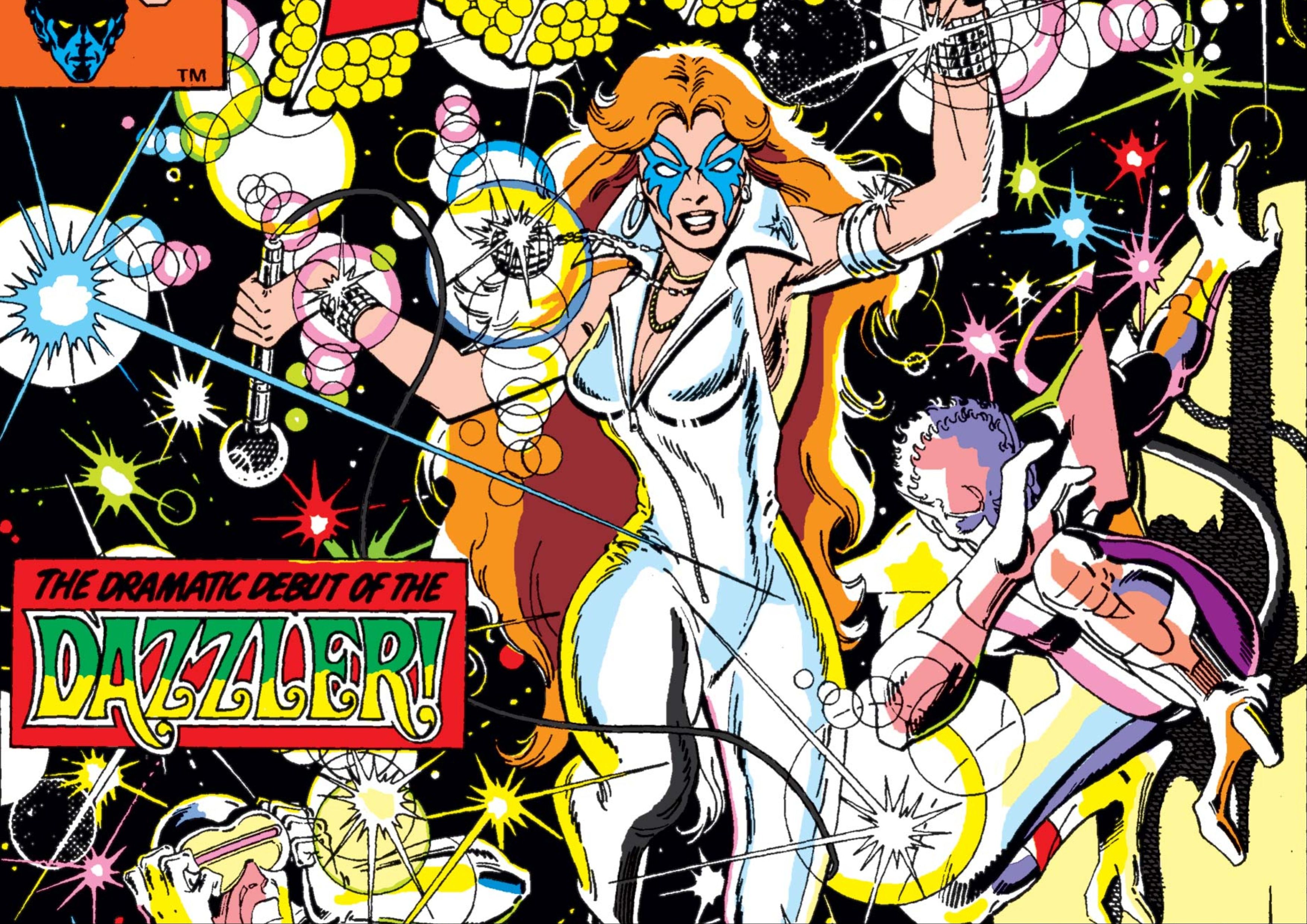The recent Netflix anime Junji Ito Maniac may be a mixed bag for fans, but that’s okay by anthology standards. Junji Ito Maniac is the latest attempt to bring the works of horror mangaka Junji Ito to television. Following the Junji Ito Collection in 2018, this series had a lot to prove due to the previous show’s fumbling of the source material according to fans. Maniac compiles twenty stories into twelve episodes from various stages in Ito’s career, and for the most part, these takes on Ito’s disturbing creatures work exceptionally well.
What makes anthologies so appealing to many audiences is the fact that it’s a series of short stories with a common theme or creator tied together. They’ve been a popular form of storytelling for years, especially on television with series like The Twilight Zone and The Outer Limits. What makes them so tricky to pull off though is knowing just how mixed they can be. Each story tends to be told through the lens of a different creative team, so some tales may work better than others. What’s important though is having a higher number of good stories than bad, and Junji Ito Maniac actually accomplishes this with some stellar adaptations of Junji Ito’s iconic nightmarish tales.
The Best Stories in Maniac Do a Great Job Translating Ito’s Works to Screen
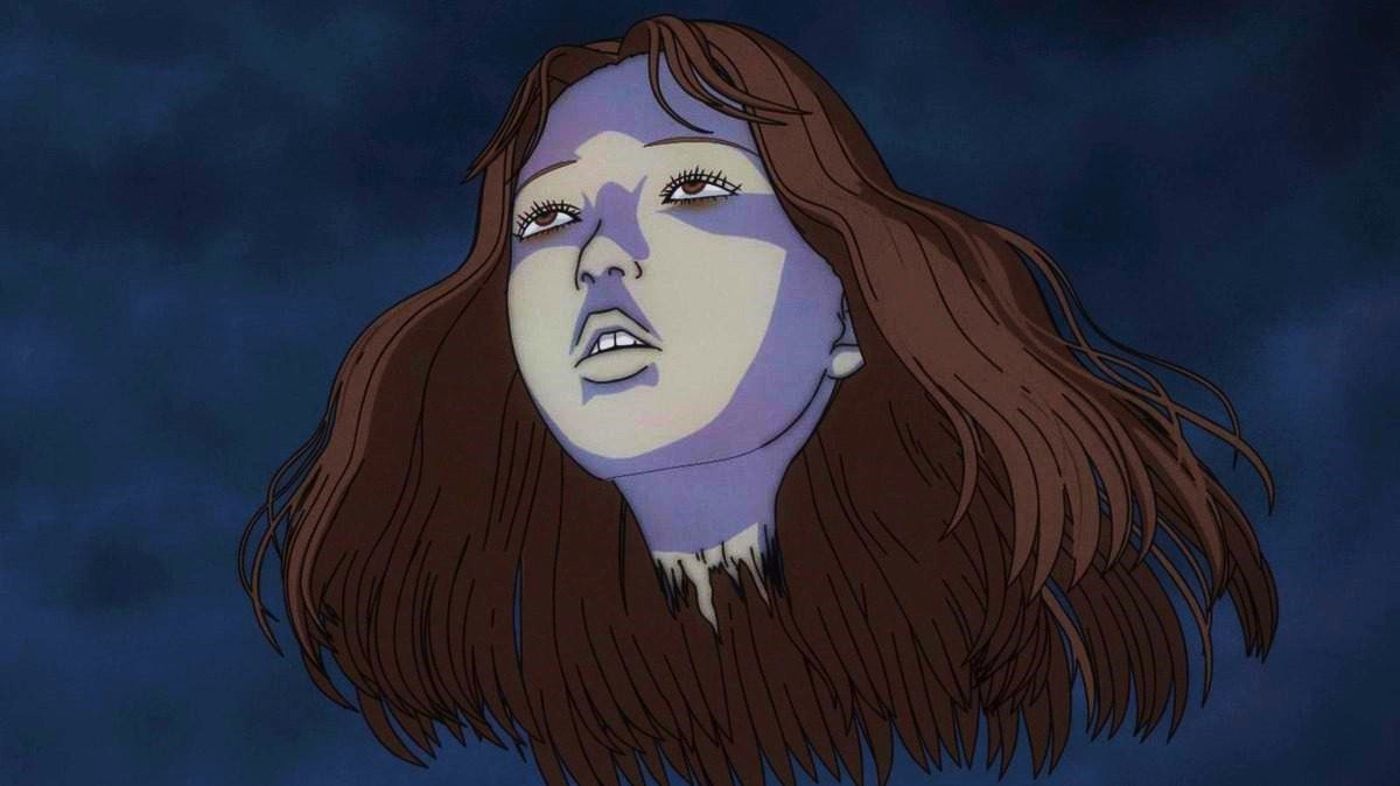
When Junji Ito Maniac nails one of Ito’s stories, it’s some of the best horror in modern anime. Tales such as Headless Statue and Whispering Woman hit the uncanny nature of Ito’s artistic style on the head. The way characters are depicted is unsettling enough to send chills up the spine. The series also succeeds in making some of Ito’s trademark twists work just as well as, if not better than, their source material. The ending of Ice Cream Truck in particular strikes a chord as being a disturbing ending that will upset viewers even though not much gore is displayed. The best story of the bunch though is undoubtedly Hanging Balloon. This iconic story by Ito that’s layered with hidden meanings and themes is debatably one of his best, and the way the anime brings it to life with the added emphasis of sound makes it just as disturbing as it was on the page.
Maniac‘s Weaker Stories Bite Off More than They Can Chew
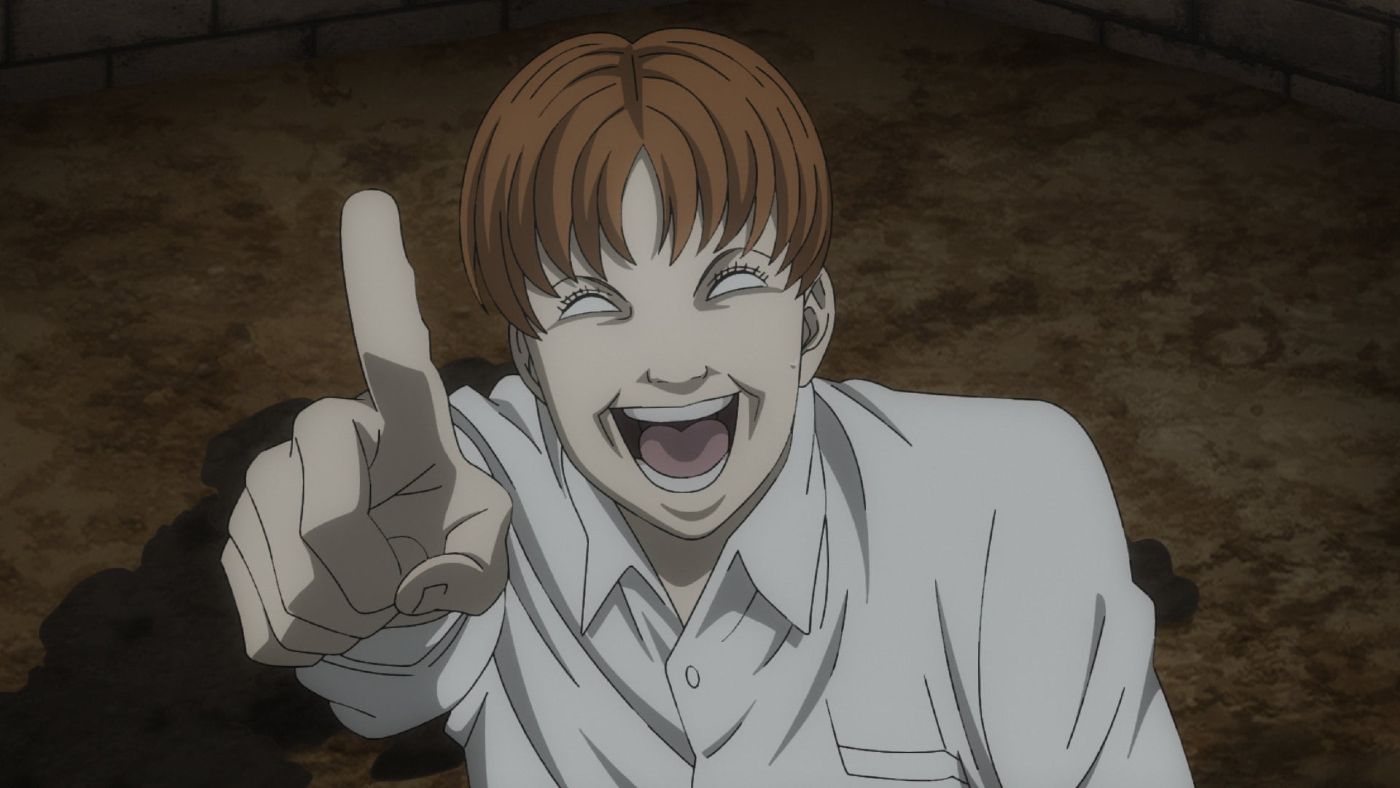
Of course, this is not to say every story in Maniac is perfect. Like most anthologies, there are a few duds occasionally. Four x Four Walls comes to mind since it feels tonally out of place, even though it features the famous Ito villain Soichi. There’s just too much focus on comedy for a horror anime. Perhaps the biggest offenders though are the episodes that adapt a smaller story from a greater arc in the original manga. Intruder, for example, is only one story in a series that follows a boy haunted by extradimensional beings in his house. By sticking to only one story from this arc, a lot is missing in terms of context. This is amplified even more by the show’s adaptation of The Strange Hikizuri Siblings, which is based on a sequel to the original story and had a difficult time trying to bridge the gap. Ito’s short stories are some of the best in fiction, but some of the chosen tales in Maniac don’t work nearly as well without the proper context.
Fortunately, Maniac‘s flawed stories are few and far between. There are a lot of tales that work in this new adaptation, and it does a remarkable job of bringing what makes the author’s stories so scary to life. Junji Ito Maniac is a must-see for fans of the mangaka, and if it manages to avoid the recent string of cancellations from Netflix, it will be exciting to see what stories will be adapted in future seasons.
Watch Junji Ito Maniac now on Netflix!
